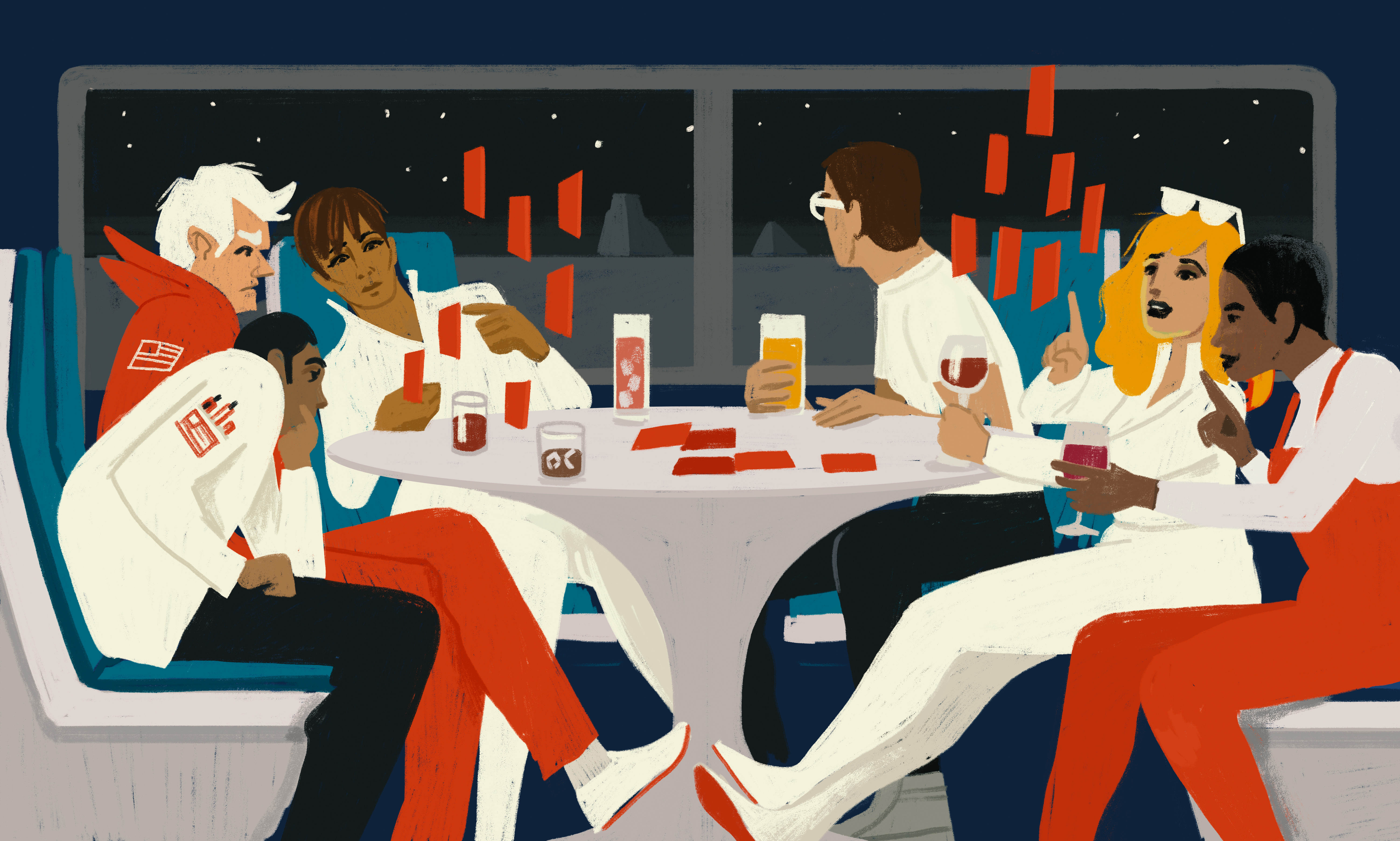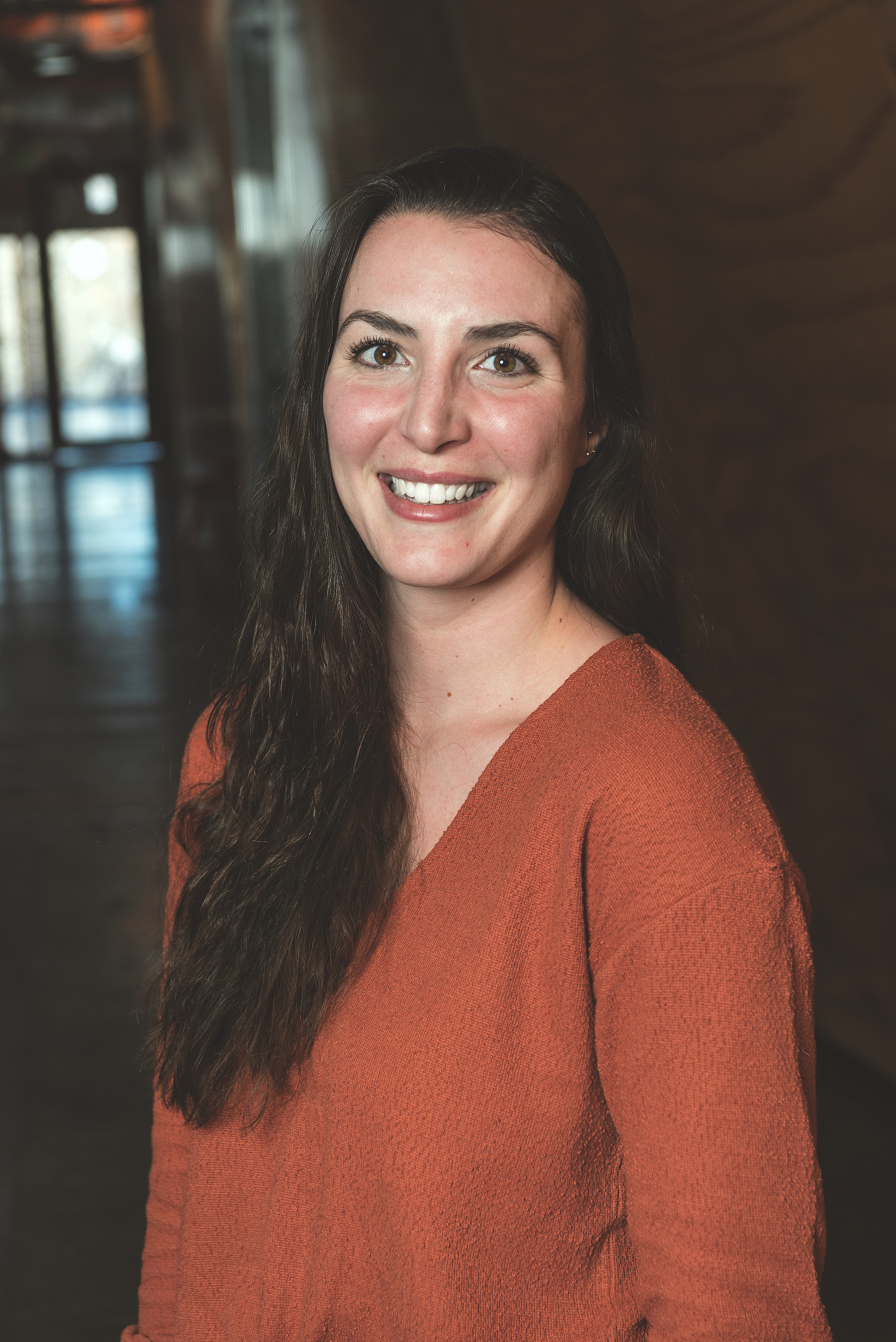
Card sorting is a simple yet powerful activity that user experience strategists use to help understand how users categorize information. As defined by Nielsen Norman Group (NN/g),
“Card sorting is a user research method in which participants group individual labels written on index cards in a way that makes sense to them. This method uncovers how a user sees and structures content as well as helps to create an information architecture that matches a user’s expectation.”
Over the last decade Aten has gone through dozens of card sorting exercises with clients in a range of sectors: technology, public service, education, media and many more. Most client teams already have an impressive familiarity with their own content and offerings, but card sorts can cast content in a new user-focused light leading to more intuitive navigation, labeling, and content structuring.
While each card sort is as unique as the content it deals with, there are recurring themes we encounter across diverse clients and industries. Here are three tips — derived from lessons learned in the field — that I apply to each card sort we conduct to get the most out of the exercise.
Let go of old associations
Sometimes it can be hard to separate yourself from your content. Familiarity with your own industry, workplace culture, and force of habit can affect the way we think about content, labeling, and structure. Through card sorting, we can figure out an organization scheme that best matches your users’ mental model, or what the person using your website or application expects about the information at hand. In a recent card sort conducted with Aims Community College we learned that students saw Aid as altogether separate from Academics, suggesting the two categories of content be separated to ease navigation and find-ability.
Keep an open mind
Insights about users’ mental models drawn from card sorting don’t directly determine changes to content structure and navigation, instead they’re weighed against business needs and project goals throughout the discovery process. Hesitation to fully engage in the exercise — whether from fear you’ll have to reorganize everything or from a lack of confidence it will produce meaningful results — just limits the benefits of the exercise.
During a workshop with Richland Library, card sorts were performed with both staff members and actual customers. They found that in some cases customers tended to categorize by type (“movies” and “books”) where staff tended to categorize by action (“download” and “research”). The exercise helped to develop more targeted labels and even exposed some new feature opportunities like wish-lists for books or DVDs users might want to check out.
Don’t leave it to the tools
There are tons of digital tools that can help you conduct a card sort quickly and efficiently, and even eliminate some of the messiness around hand-written index cards and hand-tallied labels and groups. Tools like Optimal Sort or UXtweak can quickly clarify the data you collect and facilitate easy exploration of similarities and differences between groups, label overlap, and more.
Digital tools can be an important part of any card sort, but nothing can replace “live-action” exercises with an experienced moderator. In a recent workshop a colleague of mine conducted with a Biotech company, ironing out the differences between patients’ and physicians’ mental models proved particularly complex because both sets of users were often seeking similar content. Reaching useful conclusions in cases like these is far easier in face-to-face workshops (whether in person or via video conference) that create the space to explore ideas and conflicts as participants bring them up. An experienced moderator can help to pursue potentially fruitful discussions, and leave the less productive ones for a different time. They can answer questions and clarify goals in the moment, give participants a voice who may otherwise have kept quiet, and keep the process from leaning too far towards any one participants’ thoughts or reactions.
Do you have any lessons learned to share? Feel free to comment below. Are you interested in getting the most out of an upcoming card sort, or just learning the basics about how card sorts can improve user experience? Tune into my upcoming webinar, Card Sorting 101 on January 9, 2021.
